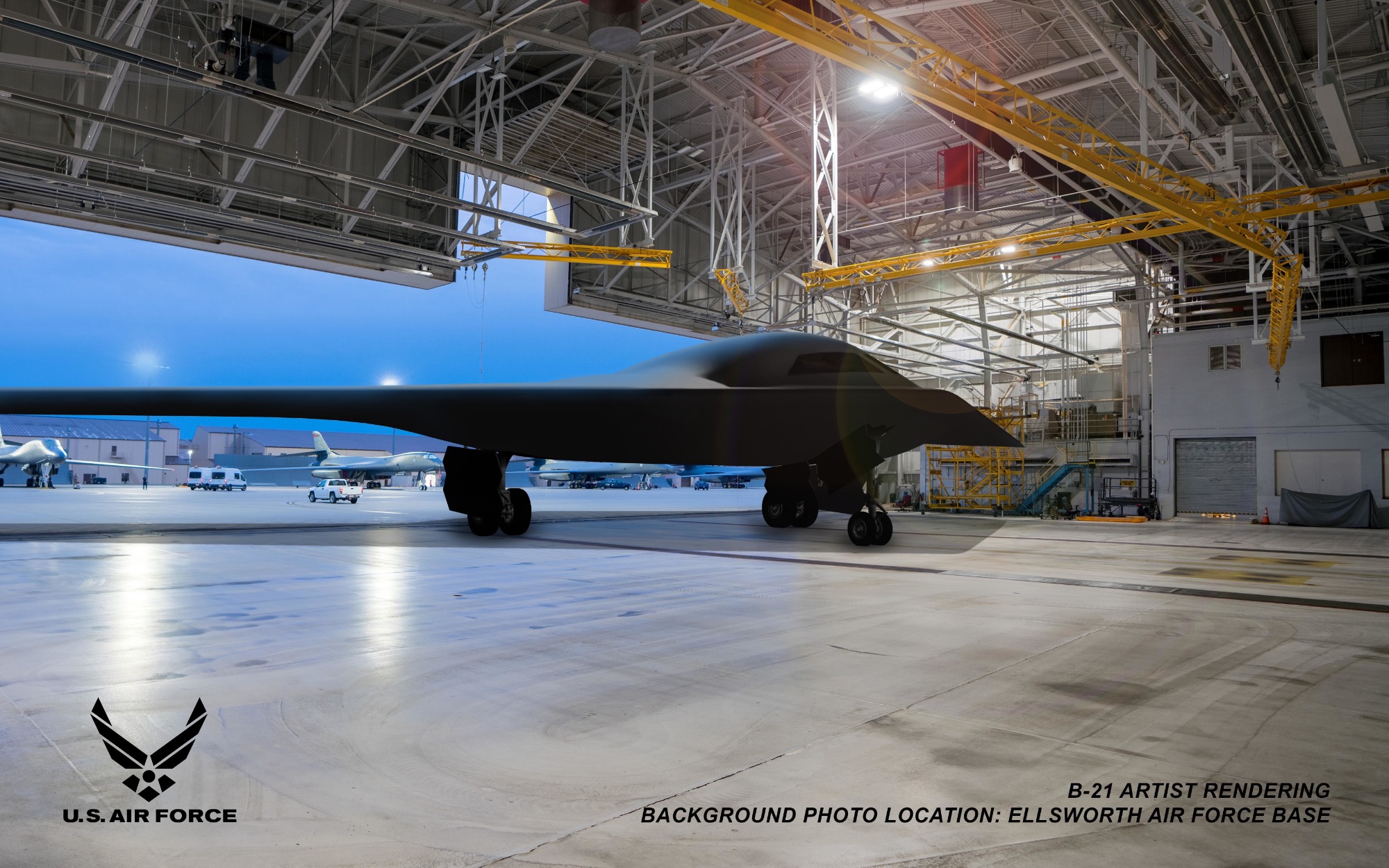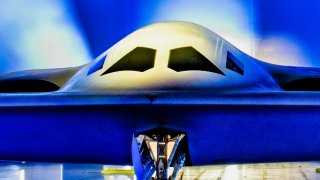H-20: China Has Big Plans for a New Stealth Bomber Like the B-21 Raider
China's Xi’an H-20 stealth bomber development aims to challenge the U.S.'s dominance in aviation. The H-20, potentially in progress since the early 2000s, is believed to have a range of 8,500 kilometers, threatening areas beyond China's immediate borders, including U.S. territories.
Summary and What We Know Right Now: China's Xi’an H-20 stealth bomber development aims to challenge the U.S.'s dominance in aviation. The H-20, potentially in progress since the early 2000s, is believed to have a range of 8,500 kilometers, threatening areas beyond China's immediate borders, including U.S. territories.
-Meanwhile, the U.S. Air Force is developing the B-21 Raider, a sixth-generation stealth bomber with advanced technologies.
-Despite the H-20's potential capabilities, U.S. officials are not overly concerned, noting that having such platforms doesn't guarantee effective military capability.
-However, China’s military expansion, including its nuclear arsenal, remains a significant concern amid rising U.S.-China tensions.
China's H-20 Stealth Bomber: How It Stacks Up Against the U.S. B-21 Raider
The U.S. is heavily prioritizing the development of next-generation platforms. From bombers and fighter jets to submarines and main battle tanks, Washington is upgrading military technologies across the board.
But the U.S. is not alone in the effort. Washington’s adversaries are also gearing up to introduce more advanced military platforms. The People’s Republic of China is currently working on its own sixth-generation stealth bomber, threatening the monopoly that Washington has retained in the aviation arena for many years.
Beijing’s upcoming Xi’an H-20 stealth bomber is designed to threaten America’s own arsenal, but U.S. officials are apparently not too worried. This week, a defense official noted that the H-20 exemplifies China’s desire to be considered a top military power. But possessing the stealth bomber “doesn’t necessarily mean it actually delivers [Beijing] the kind of capability that they would need or at the quantity that they would need.”
What We Know About the H-20
The People’s Liberation Army Air Force (PLAAF) revealed in 2016 that China was working to produce a new type of long-range bomber. Officials confirmed this program two years later, adding that the development of the bomber was making “great progress.”
U.S. analysts have good reason to believe that the PLAAF actually began working on bomber designs in the early 2000s. One of Northrop Grumman’s lead engineers on the B-2 bomber project, Noshir Gowadia, was indicted in 2005 for selling information about the platform to China. In 2013, Andreas Rupprecht, an expert on Chinese aviation, published renderings of prototypes that suggested the development of a pending Chinese stealth bomber. Considering these events, the H-20 program has been in the works for quite awhile.
In 2018, the Aviation Industry Corporation of China released video footage of an airframe underneath a drop – supposedly, this was the H-20 bomber. While it might have been simply a mock-up, the footage suggested the PLAAF was indeed making progress on the bomber front.
Very little is known about China’s new bomber, but the PRC is undoubtedly working to achieve full air superiority. Western analysts believe the H-20 could have a range of 8,500 kilometers, which is concerning since a bomber with this range could reach beyond the First Island Chain off the coast of China and into the Philippines, Japan, or even the U.S. territory of Guam.
How Does It Compare to the Upcoming B-21?
The U.S. Air Force is racing to complete its B-21 stealth bomber. Designed as a successor to the B-52 Stratofortress, B-1B Lancer, and B-2 Spirit, this sixth-generation bomber will serve multiple roles, also acting as an intelligence collector and stealthy battle manager.
While the Air Force’s existing bombers are already formidable, the Raider’s new technologies will help the service retain an edge over future competitor platforms like the H-20.

Like China’s bomber, little detail surrounding the new platform has been released. Analysts surmise certain characteristics based on publicly released renderings and footage of the platform. The new bomber could have a smaller frame than its predecessors, making it harder for enemy aircraft to detect on radar. Additionally, the Raider reportedly will incorporate modular systems that will enable upgrades as future technologies become available. Similar to the data link connectivity included in the F-35 Lightning II, this will serve as a cost-saving measure down the line.
While U.S. officials might not express much worry about the H-20’s progress, China’s overall military expansion is concerning. As part of the effort, Beijing is widening its nuclear portfolio. Analysts believe that China has already amassed an operational stockpile of at least 500 nuclear warheads.
As tensions between Washington and Beijing continue to ramp up, a sobering look at these capabilities is important. U.S. officials hope that their Chinese counterparts are exaggerating claims regarding their military systems. Rampant corruption might also undermine the evolution of China’s real military prowess.
About the Author: Maya Carlin
Maya Carlin, National Security Writer with The National Interest, is an analyst with the Center for Security Policy and a former Anna Sobol Levy Fellow at IDC Herzliya in Israel. She has by-lines in many publications, including The National Interest, Jerusalem Post, and Times of Israel. You can follow her on Twitter: @MayaCarlin.
Image Credit: Creative Commons.


